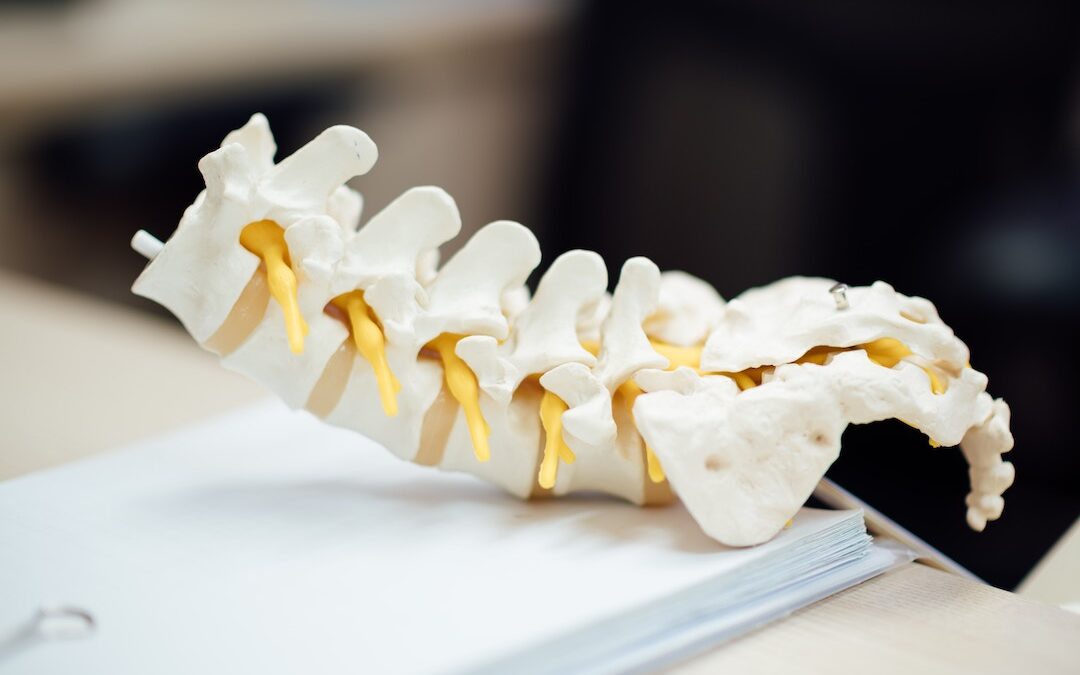Scientists have discovered a new treatment that could solve one of Australia’s biggest health problems.
The clinical trial, which was undertaken at Macquarie University, focused on developing a better understanding of the causes of chronic back pain, and the treatments which could help manage it. Already, experts are seeing positive signs that new treatment methods could lead to long-lasting relief and provide support to Aussies suffering across the country.

Chronic back pain affects one in six Australians
Symptoms and treatments
According to Macquarie University, one in six Aussies suffer from chronic lower-back pain. Similarly, it is the largest cause of disability around the world.
Those who suffer from this pain experience detrimental effects on their physical and mental well-being, which can lead to changes in lifestyle and mood.
Typically, chronic back pain is treated through surgery, spinal manipulation, injections, and other invasive techniques. These methods often result in short-term relief, however rarely focus on the reasons behind the pain and thus aren’t a long-term solution.

The study focused on how experts such as physiotherapists can support sufferers
A new solution
In order to tackle this common ailment, researchers developed a new form of therapy. Known as Cognitive Functional Therapy (CFT), this strategy employs personalised sessions with highly trained experts such as physiotherapists. It focuses on each individual’s unique needs, helping them to develop a positive mindset and learn to make lifestyle changes proven to lessen their pain.
This results in patients better understanding how to live their lives without being set back by their chronic pain, rebuilding confidence and reducing pain-related anxiety.
CFT was developed by Professor Peter O’Sullivan from the Curtin School of Allied Health in Perth, and several international colleagues. The research took place at Curtin University and Macquarie University, and has since been released in the medical journal The Lancet.
Unlike conventional methods, CFT focuses on the individual. By learning about the well-being and lifestyle factors of a sufferer, professionals can offer tailored support proven more effective to provide long-lasting relief. It’s about treating the causes, rather than simply attempting to reduce the pain.

Study and statistics
In order to test the effectiveness of this treatment method, researchers studied almost 500 people from Sydney and Perth, selected through a randomised trial from 20 physiotherapy clinics.
All participants were divided into two groups – those receiving CFT, and those receiving traditional methods of treatment. The trial was overseen by Professor Mark Hancock, Professor of Physiotherapy at Macquarie University, who worked closely with the project lead Associate Professor Peter Kent from Curtin University.
According to Professor Mark Hancock, “more than 80 percent of the participants who received CFT reported that they were satisfied with their treatment and its outcomes.”
“They reported significant improvements in pain levels and being able to return to activities they had previously enjoyed.”
“One of the most significant aspects of this trial is that CFT participants were still reporting reduced pain and improved function 12 months later.”
The trial gave experts confidence that this holistic approach to treatment had real benefits, and could help the large number of sufferers across the country.

What’s next?
Currently, only 18 physiotherapists in Australia are qualified to provide CFT, but the team are aiming to increase training and establish a network of professionals over the coming months.
Equally, Professor Hancock is focused on ensuring training is readily available, and provides a comprehensive framework for physiotherapists so they are confident in delivering the treatment.
“We noticed it took quite a lot of training for physiotherapists to develop the skills and confidence to deliver the intervention to a high standard, despite the fact that many were already experienced,” he says.
“I’m teaching the principles of CFT as part of Macquarie University’s Doctor of Physiotherapy program, but it’s complex, and I don’t expect students to achieve full competency by graduation.
“We are looking forward to being able to make this treatment widely available, not only in Australia but around the world.”
The team will continue to conduct tests and training, but it is looking hopeful that Aussies will soon have relief from the common issue of chronic back pain.
To learn more about studies in health and well-being, click here.

